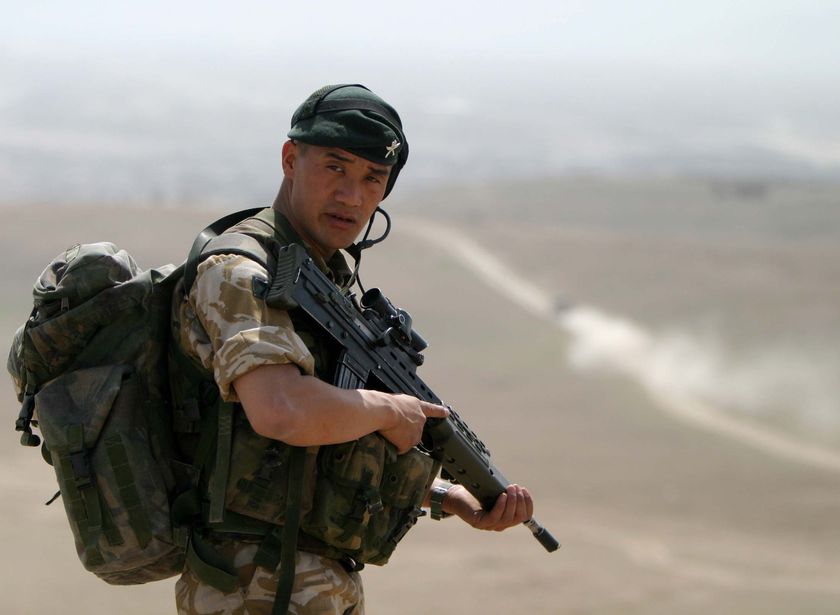Debt-laden Britain said Monday that 2,600 troops would lose their jobs in a first wave of redundancies forced by defence cuts, with 150 Nepalese Gurkha troops among the first to go.
The Ministry of Defence (MoD) said that 1,000 soldiers and 1,600 Royal Navy personnel would be laid off.
It is expected that around half the army redundancies will be compulsory.
Following a review on October, the MoD said it would reduce the number of military personnel by 17,000 over four years: 7,000 from the army and 5,000 each from the Royal Navy and the Royal Air Force (RAF).
It expected to have to make 11,000 redundancies.
Britain has 175,690 active troops, with 100,290 in the army, 35,650 in the navy and 39,750 in the RAF, according to the International Institute for Strategic Studies.
Prime Minister David Cameron’s coalition government is imposing eight percent defence spending cuts as it tries to get Britain’s record deficit under control.
It also reviewed the configuration of Britain’s armed forces to calibrate the set-up more towards modern-day engagements such as in Iraq and Afghanistan rather than the Cold War era.
“We have to ensure that our armed forces are best structured for the challenges they face both now and in the future,” armed forces minister Nick Harvey said.
“That said, we would of course prefer not to have to make any of our personnel redundant, but unfortunately we inherited a huge deficit in the defence budget from our predecessors in government.”
He said no personnel preparing for, on deployment, returning from combat operations and on post-tour leave would be made compulsorily redundant.
The MoD stressed that the cuts would have “no impact” on the 9,500-strong British mission in Afghanistan nor current operations in Libya.
Brigadier Richard Nugee, the head of army manning, said the 3,500-strong Brigade of Gurkhas was set to lose around 150 troops, including infantry, engineers, signallers and logisticians.
“We are committed to a strong and vibrant Brigade of Gurkhas into the future and therefore must take action to ensure that, like the rest of the army, their structures and manning are in the best possible shape by the end of this process,” he said.










